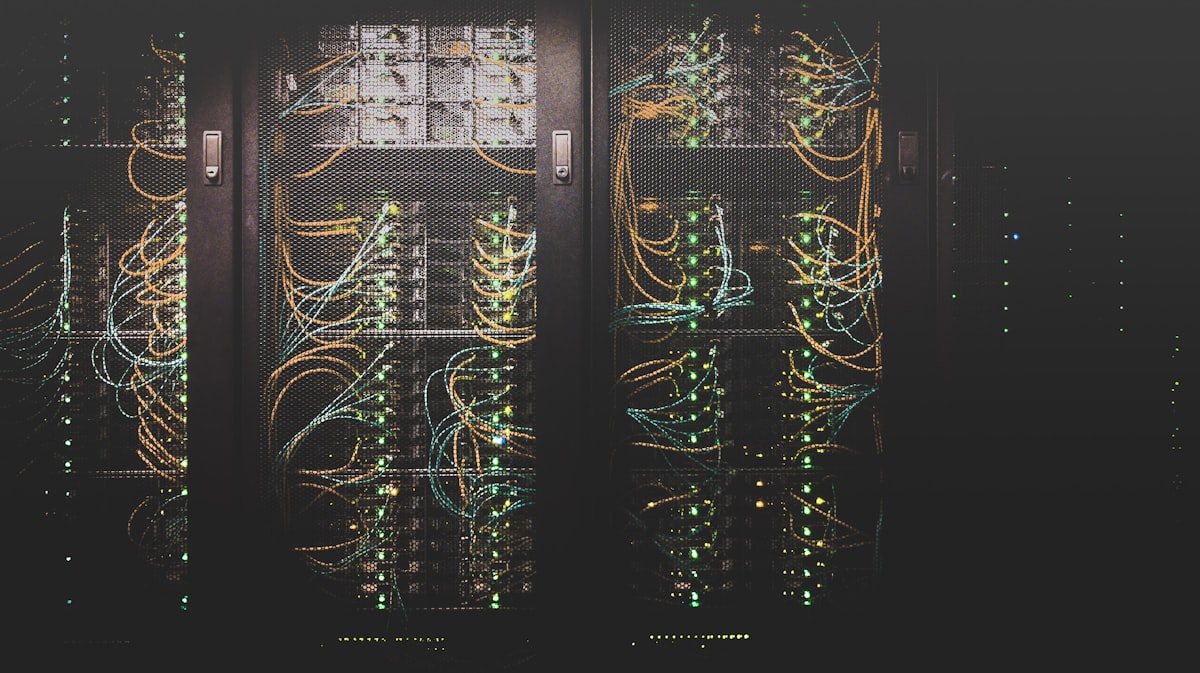Cloud Architecture for Modern Enterprises
Balance scalability, reliability, security, and cost with proven architectural patterns.
Core Principles
Design for Failure: Redundancy across zones, automatic failover, circuit breakers, graceful degradation Scalability: Horizontal scaling, stateless design, distributed data stores, auto-scaling Security in Depth: Network segmentation, IAM, encryption, monitoring Cost Optimization: Right-sizing, reserved/spot instances, resource tagging
Key Patterns
Microservices: Independent services that deploy/scale separately with own data stores Benefits: Flexibility, scalability, fault isolation Trade-offs: Distributed complexity, network overhead
Event-Driven: Asynchronous communication via event streams (Kafka, Kinesis) Benefits: Loose coupling, resilience Trade-offs: Eventual consistency, debugging complexity
Serverless: FaaS, managed databases, API gateways for reduced operations Benefits: Auto-scaling, pay-per-use Trade-offs: Vendor lock-in, cold starts
Cloud-Native Stack
Containers: Docker images, registries, orchestration Kubernetes: Automated deployment, service discovery, auto-scaling, self-healing Service Mesh: Traffic management, mTLS, observability, resilience patterns
Data Architecture
Databases: Relational (PostgreSQL), NoSQL (DynamoDB), cache (Redis), warehouse (BigQuery) Data Lakes: Object storage for raw data, serverless processing, advanced analytics Pipelines: Batch/stream processing, orchestration (Airflow), quality monitoring
Networking
VPC: Private/public subnets, NAT gateways, VPC peering Load Balancing: Application/network/global LBs with health checks CDN: Edge caching, global distribution, performance optimization
Security
IAM: Least privilege, RBAC, MFA, service accounts Network: Security groups, WAF, DDoS protection, private endpoints Data: Encryption, secrets management, backup/DR
Observability
Logging: Centralized aggregation, structured format, retention policies Metrics: Infrastructure, application, and business KPIs Tracing: Distributed request flows, bottleneck identification
Migration Strategies
Rehost: Quick lift-and-shift for legacy systems Replatform: Selective optimization (managed services) Refactor: Full cloud-native redesign for maximum benefits
Best Practices
- Automate infrastructure as code
- Build in logging and monitoring from day one
- Test resilience with chaos engineering
- Document architecture decisions
- Regular reviews for optimization
Bottom Line
Apply proven patterns, automate operations, and continuously optimize. Start with solid foundations and iterate.



